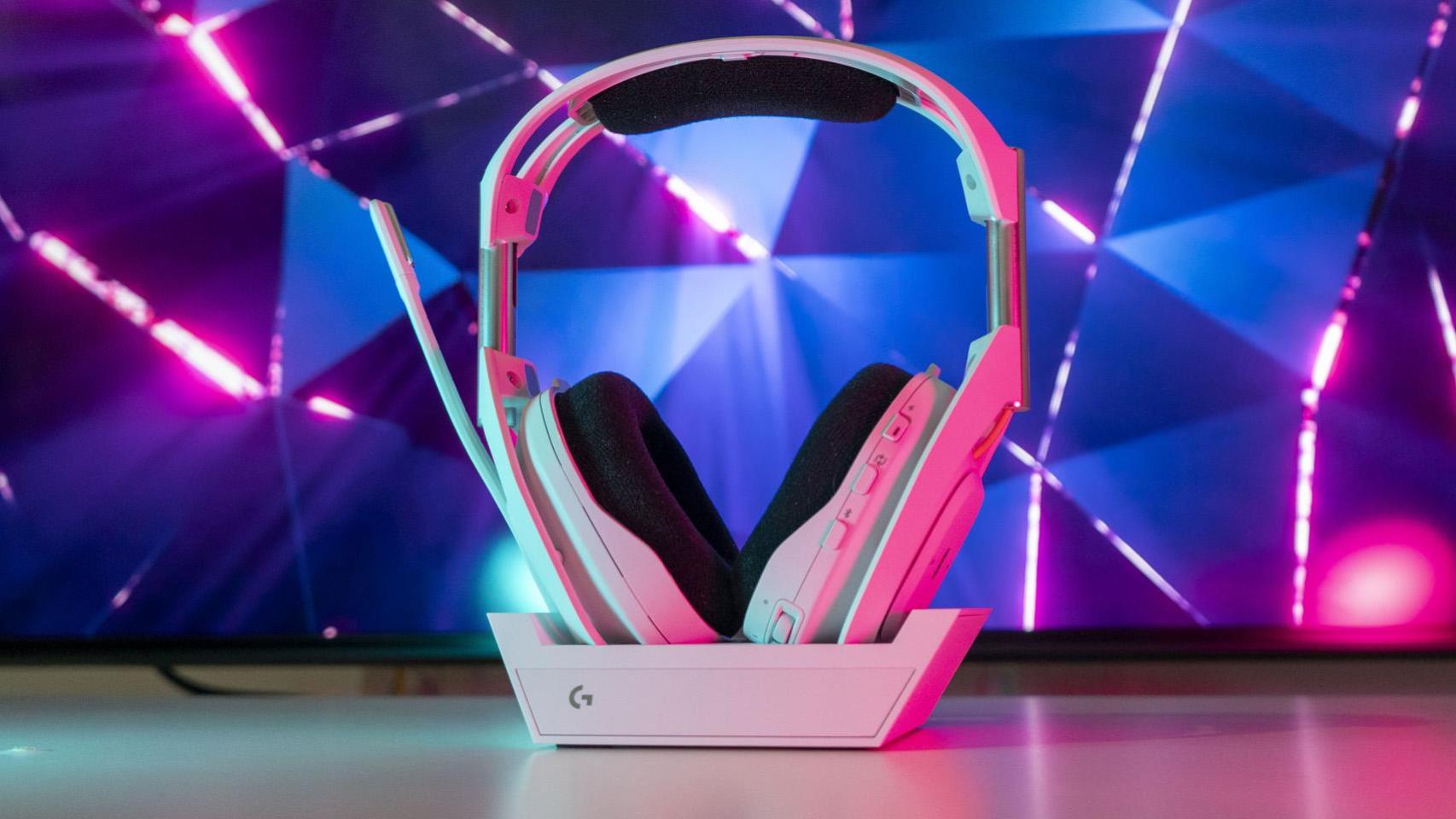Samsung has adapted to the new times with its Galaxy, the range of smartphones that began its journey with Android in 2009. Since then, they have known how to press the button to order the list of best-selling manufacturers in the world. They also set trends: their Flip and Fold folding products were pioneers, although they recently lost their position as the manufacturer selling the most folding products.
In the smartphone space, in general, it has come up against its fiercest competitor: Apple. Of course, it didn’t take long to regain the throne of the manufacturer that places the most cell phones in the world, according to Counterpoint statistics. Its excellent registered advantages leave no doubt: it is the most popular in the Android ecosystem. Well, all over the world with a most curious and singular exception: China.
From being a leader to being at the bottom: all in a single decade
In 2014, exactly ten years ago, the Korean manufacturer was an undisputed leader on Chinese soil. At that time, it deployed its entire fleet of cell phones and a powerful advertising campaign that set it apart, especially while some local manufacturers had not yet begun to emerge.
A decade later… What are your figures? After the launch of the Galaxy S24, their latest flagship, they had two months with pretty ridiculous quotas: 0.8% in January 2024 and 0.7% in Februarya very low representation in the large fleet of Android phones sold in China.
Vivo’s sales were 18%, Honor’s were 16%, and Xiaomi’s were 15%., relegating Samsung to the bottom of the list. What are the reasons for this strange situation? Well, there are two events that have marked the Korean manufacturer’s journey in this country:
- The 2016 THAAD missile defense deployment controversy: China disagreed with the United States and Korea to establish military defense in North Gyeongsang. That’s when a smear campaign began.
- Tensions between the United States and China: Since 2020, the two countries have been plunged into a techno-commercial battle. The South Koreans’ union with American technology has once again marked them for the worse.
- Samsung uses Android and as such uses the Google services: Additionally, Samsung’s commitment to Mountain View’s Android has pushed it away from Chinese users’ preferences.
- Other factors: lack of interest in establishing industries in the Asian country, lack of fight for the 5G market in China, very common problems like the Galaxy Note 7 and its battery, etc.


Image: Samsung
All these reasons caused Samsung to fall between 2013 and 2019, also pushed by some Emerging manufacturers who have not stood idly by while Korean society observed the situation.
Samsung’s rivals in China: each with an approach to society
When we talk about local Chinese manufacturers we are referring to brands that are also very popular currently, see Xiaomi, Oppo, Vivo or your own Huawei
Xiaomi, for its part, has focused on online sales, moving away from traditional physical stores. Its tight and attractive prices constituted a stronghold on which a manufacturer with a certain background was built. Cheap Smartphones for Rural Areas and New Towns: Cheapest Apps to Use as WeChatvery important for Chinese users.


Oppo and Vivo, both from the BBK consortium, have opted for a different market share: a vertical strategy to position yourself and forge your own identity. They have succeeded, particularly in the western part where they are almost irreplaceable. They are also developing a modest retail sales in small stores, as well as a medium-sized distribution network.
Finally, others like Huawei – and we can include Apple in the bag – have established their audience in cities classified as level I and II (Beijing, Shanghai, Guangzhou, Shenzhen, among others). With large stores and less economical prices, they focused on the ecosystem and in the quality of its products.
Each dedicated to a part of Chinese society (and the market), they managed to impose themselves, sinking a Samsung which did not benefit from any of the three strategies followed by the others. They had neither a horizontal online presence to captivate the Chinese market, nor clear values. Finally, the high-end segment They were far behind after missing opportunities.
They have a weapon that Chinese consumers consider: pioneer of new technologies. However, the lack of ecosystem and applications for Chinese audiences brought this to an end. In short: Samsung lost China for different reasons, but the main reason was corporate culture unable to meet the needs of different consumers.
In India, the situation is different for Samsung: they have managed to keep their distance from their competitors
The clear focus on cutting-edge technology at the high end without neglecting cheaper segments has not gained traction in China. However, let’s not consider him dead: he retains a strong presence in Indiaa market some of which are similar to the Chinese one.
In India, consumers perceive Samsung as the new Nokia. And that’s a good indication for the brand.
Of course, he should not be neglected, since he has some competitors behind him who are already watching him very closely. There, they managed to react as soon as they began to see the danger: These are now the new Nokiaswhich maintains premium phones but also solutions for tighter budgets.
Via | Innovation Co-Pilots, DIGITIMES Asia, KoreaTimes
Cover image | Composition with photos by Alejandro Later and Max Whitehead on Unsplash (2), Global Panorama on Flickr
In Xataka Android | One UI 6.1 is coming to your Samsung Galaxy. How to know if the update brings Galaxy AI artificial intelligence features









